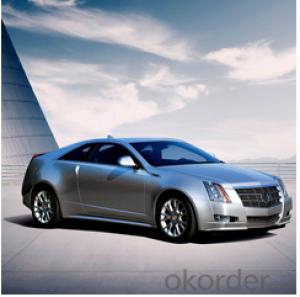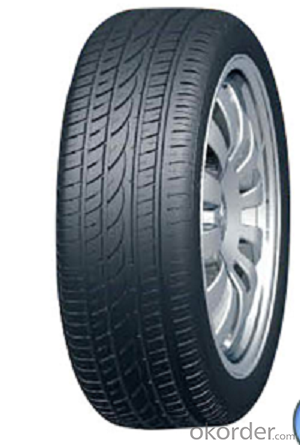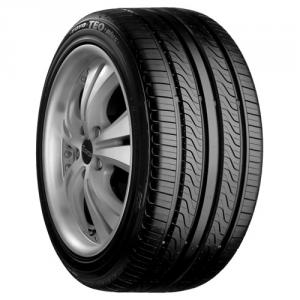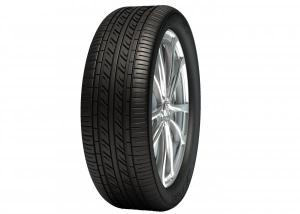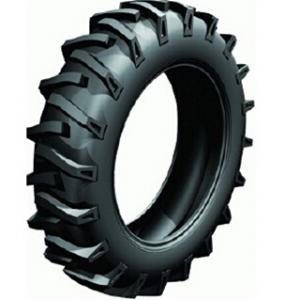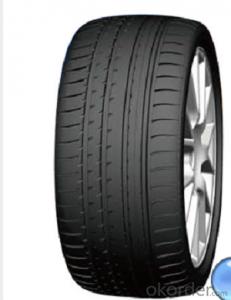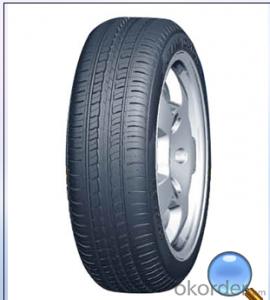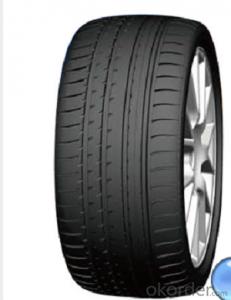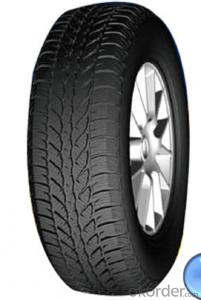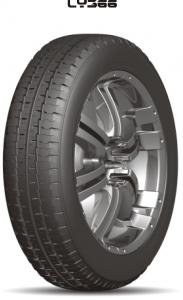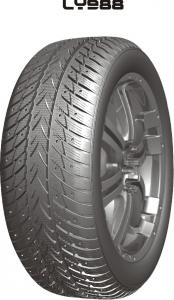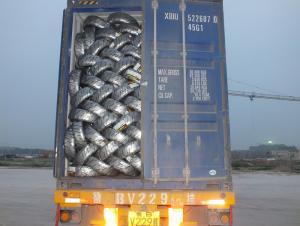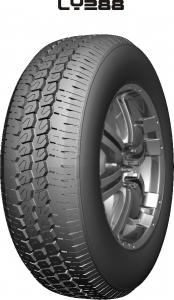Passager Car Radial Tyre A607 with High Speed
- Loading Port:
- China main port
- Payment Terms:
- TT OR LC
- Min Order Qty:
- 1300 pc
- Supply Capability:
- 20000 pc/month
OKorder Service Pledge
OKorder Financial Service
You Might Also Like
1,Pattern of CarTyre Description:
1. Comfort--Diverse blocks distribution upgrades softness while ensures tread strength, enhances shock absorption and increases driving comfort.
2. Stability--Special bead design ensures closer contact between inflated tire and the rim, avoids flying up of tire toe, and enhances safety.
3. Silence--Densely distributed small blocks efficiently offset noises made by air emission in the grooves. Simulated diverse and irregular pitch order decreases vibration noise.
2,Main Features of the Tyre:
High quality
Long life
More comfortable
With the advantageous straight-line
3,Car Tyre Images:
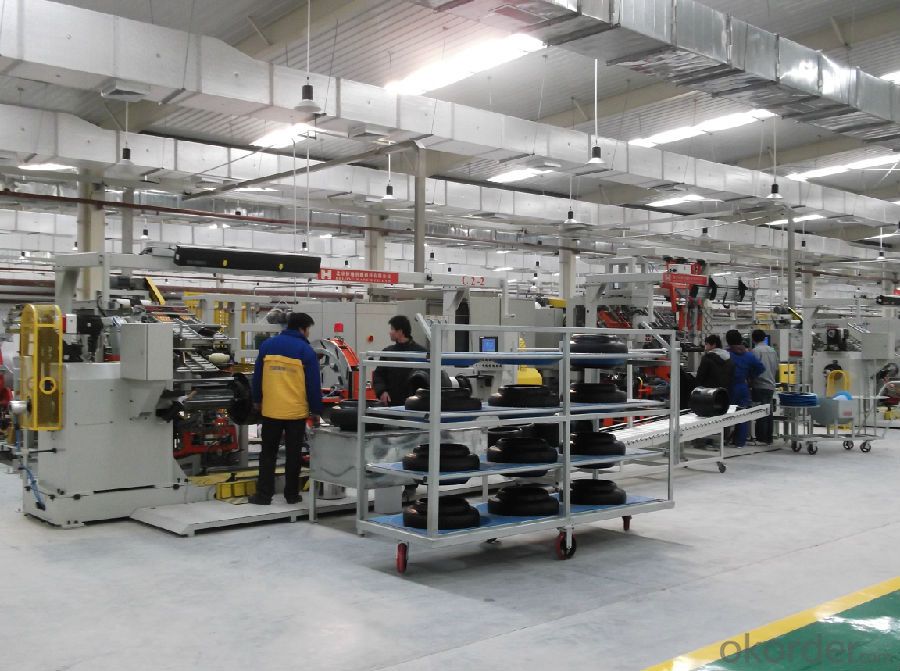
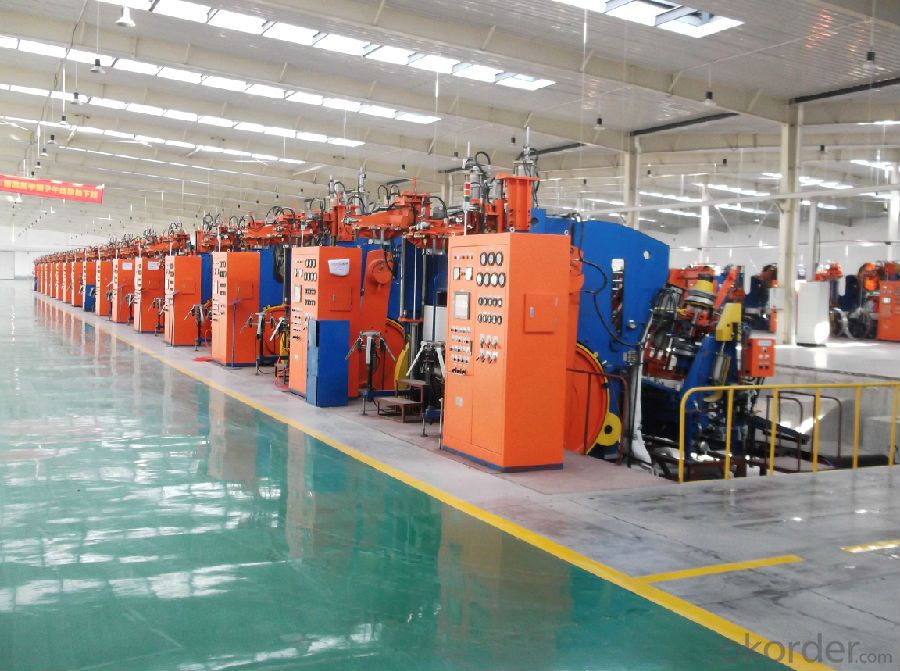
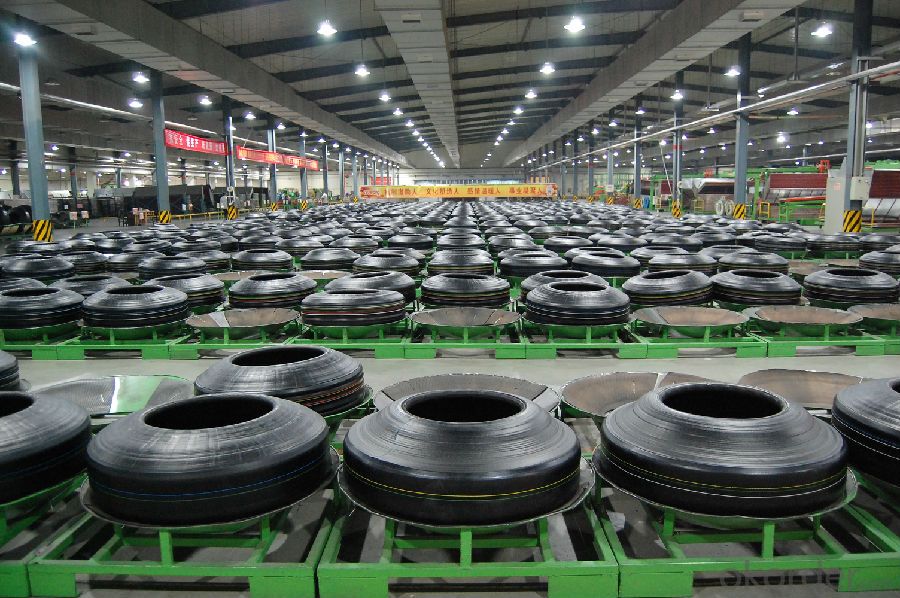
4,Truck and Bus Tyre Specification:
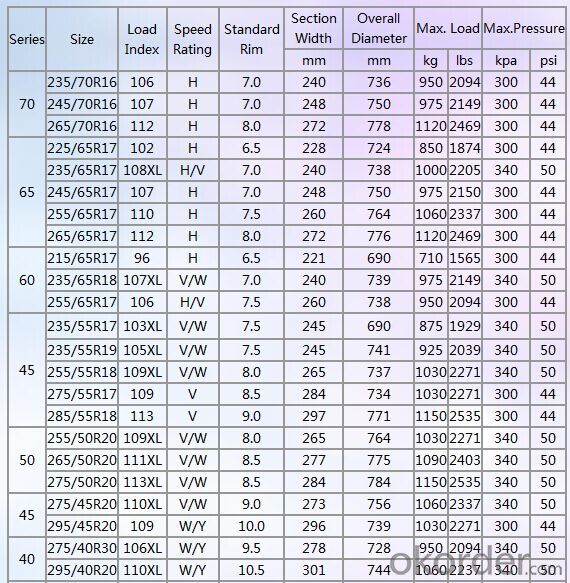
5,FAQ:
We have organized several common questions for our clients,may help you sincerely:
1,How to guarantee the quality of the products?
We will give clients compensition if the tyre has manufacture defect.Clients just provide tyre NO.and some pictures.
2,How long can we receive the product after purchase?
It up to sizes you order.We can delivery immediately if the size is available.About 30 days after receiving down payment if it should be arrange production.
3,How to get the sole agent?
It up to the market.It should be 3-4 containers per month is small market ,like UAE.But 15-20 containers are requested if you from USA market.
- Q: My current tires are 195/70/14, I will be getting 205/55/16. My current tire PSI is 32. What will my new tire pressure be?
- There should be a sticker from the car manufacturer. It will be on the drivers side door jamb or in the glove box. It lists the recommended tire pressure for that particular car. This pressure will give you the best performance and handling on your particular car. The rear tire pressure is normally 2-3 PSI lower than the front tires. It will also give you different PSI ratings for if you have anyone in the back seat or stuff in the trunk. (This would require a slightly higher PSI in the rear to make up for the added weight.) The PSI number on the sidewall of any tire is a MAXIMUM PSI that should be put into that tire. Since you are going from a 14 inch tire to a 16 inch tire, it might throw off the car manufacturers number. You are going from a 70 series to a 55 series also though. This should almost even out the difference in 14-16. The main factor is probably the 195 to the 205. As long as you don't get any rubbing when turning the wheel all the way left or right, the tires should be fine on your car. You could always ask the dealer which pressure. I wouldn't go by what the guys at the tire store say though. Every time I have ever bought tires, they put all of them at 32-34 PSI. (Some tire shops have different ideas of what the ideal tire PSI is.)
- Q: Need to buy tires
- There are a huge amount of websites online to do so. Visit www.tyres247 .uk to see for yourself that they are cheaper then other sites such as blackcircles, mytyres etc.
- Q: I need new tires for my car. Are used tires a good deal? What are the least exspensive new tires?I don‘t really care about the life span of the tires because this is only going to be short term.My only concern is safety and low cost. What is the lowest cost solution here?
- Go for used tires. There are many tire shops that have them. People buy new cars and then get after market tires put on so there is a good supply of used tires that have barely any miles on them for a fraction of the price. They won't sell them unless they have about 80% tread left, but most have more. I bought two Goodyear tires for my car for $70 including install and balance.
- Q: Which pair of tires (tyres) take more load Front Pair Wheels or Rear Pair Wheels ?I have 2 tires (tyres) / 1 pair of wheels tubeless. the other remaining two tires (tyres) are tube tires (tires that have tube).I don‘t have enough money right now . So, where should i put tubeless pair where should i put the tube ones ?thanks
- straight forward, its the load of the automobile. maximum vehicles are the two a similar all around, or bigger interior the front because of the engine weight up front. In heavy duty automobiles that are especially used for hauling, the stress is bigger interior the rear. bear in mind,heat tires would supply your examining an added 4-6psi than in the event that they have set all evening.
- Q: material of run flat tyre.
- Both are tubeless. Run-flat tires are merely designed so that they can be driven short distances under or un-inflated. That way the vehicle manufacturer does not have to inclue a spare tire.
- Q: Where do i install tires if i were to buy them offline ? Is that even possible? i found cheap tires on ebay and wanted to buy them and have the store install them . Thanks
- Listen up : Buying tires is one transaction. Installing them is another transaction . So, if you buy them online all you need is to pay for the shipping , unless its included and go to your local tire shop for expert installation . I'll bet it will cost you $ 25 -30 each wheel for mounting , balance , and they will probably insist you have an alignment for another $ 75 . Having said that what did you really save by buying online ?
- Q: Will there be any harm in car tires in the open space?
- Hello! Daily tires need to prevent sunshine, oil, acids, hydrocarbons from damaging tires, so tires should be stored in a cool, dry and dark room
- Q: I have a 2001 accord lx and i recently bought new 17‘‘ rims and 205/50-17 tires to replace the old 15‘‘s and their 205/65-15 tires. My question is about inflation. The placard on my car says to inflate to 29 psi cold for front and rear, but with these new wheels should i raise the psi or keep them at 29?
- inflate to the pressure on the tire. not on the car's placard
- Q: i just blew out my rear right tire and i just got them probably less than a month ago. should i just replace that one tire? and can i drive it to the place to replace it? or should i not drive on a blown tire
- If they are starting to collapse after only week, it is possible that your humidity is too low and the eggs are drying out. It is also possible that they are infertile, but it is best to assume they are good until you know for sure. You could also try candling the eggs.
- Q: hungry and tired.
- Tired. Yesterday was deadline, and the paper didn't get put to bed until after 10. And, of course, we start the new production week by coming in early for a staff meeting the next day
Send your message to us
Passager Car Radial Tyre A607 with High Speed
- Loading Port:
- China main port
- Payment Terms:
- TT OR LC
- Min Order Qty:
- 1300 pc
- Supply Capability:
- 20000 pc/month
OKorder Service Pledge
OKorder Financial Service
Similar products
Hot products
Hot Searches

